Many beaches with immense sand dunes of Binh Dinh have become towns, attracting tourists and investors since the coastal road passed through.
From Quy Nhon City, the coastal road DT 639 through the coastal areas of Cat Tien, Cat Hai, Cat Khanh, and De Gi fishing port is like a bow embracing the coastline of about 100 km. The road is 20-22 m wide, with four lanes, and has been invested by Binh Dinh province from local and central capital sources since 2019, with the orientation of developing tourism services to the east.
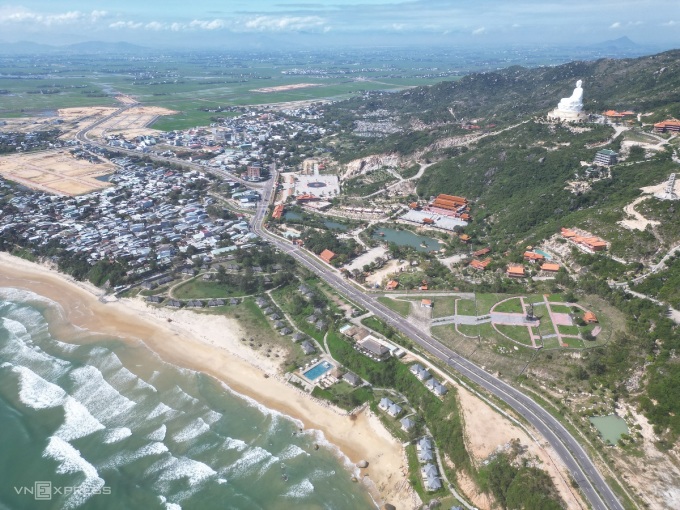
Coastal road through Cat Tien commune, Binh Dinh. Photo: Pham Linh
Le Duy Lan, 32 years old, who is running a tourist area on the Cat Tien - My Thanh road, was also surprised by the rapid change in the traffic infrastructure of his hometown. Lan said that many years ago, the coast only had a small dirt road with the main means of transport being ox carts. In 2006, the General Department of Tourism invested 40 billion VND in a 3.5 m wide road through two poor communes, Cat Hai and Cat Tien, to serve the Phuong Mai - Ba mountain tourist route. The traffic infrastructure was limited, so when his family gave up the export woodworking business to do tourism, many people were skeptical.
When Lan's family operated a tourism business, there were many visitors during the holidays, so traffic jams often occurred. Earlier this year, a coastal road passing through the family's resort gate was inaugurated, allowing tourists to easily travel from Quy Nhon City to Cat Tien Commune. Lan said the infrastructure investment was "beyond expectations".
With a coastline of nearly 2,000 km, the North Central region and the Central Coast from Thanh Hoa to Binh Thuan account for nearly 60% of the country's coastline. 14 provinces and cities have economies closely linked to the sea and coast, from the fields of fisheries, logistics, tourism... to petrochemical refining (Binh Son), steelmaking, electricity, wind power...
Therefore, sea routes play a very important role in traffic connection, creating momentum for economic development. Since 2010, the Prime Minister has approved the national coastal road planning, in which 14 provinces and cities in the Central region have a coastal road of more than 1,600 km, occupying almost the entire length of the coastline. However, due to limited resources, the coastal routes in the Central region were previously narrow, many sections had not been invested in, there were only poplar forests and vast deserted sand dunes, many places were separated by two estuaries, but had to rely on ferries...
In recent years, among the Central provinces that have continuously expanded and upgraded coastal roads, Binh Dinh is considered a typical locality.
Mr. Luu Nhat Phong, Director of Binh Dinh Transport Project Investment Management Board, said that since November 2019, the province has invested in the coastal road DT 639 with a total length of 115 km and a total capital of 9,000 billion VND. Road DT 639 has 8 component projects with a length of 99 km, the remaining 16 km utilizes National Highway 1D.
Currently, 5 out of 8 sections have been completed or are under construction. Of these, three have been completed: Cat Tien - De Gi, De Gi - My Thanh, and Lai Giang - Thien Chanh, with a total length of about 40 km. Two sections under construction are Cat Tien - Diem Van; and the section connecting Diem Van to National Highway 19 to National Highway 1D. When the remaining sections are completed, the coastal road will seamlessly connect the two neighboring provinces of Quang Ngai and Phu Yen.
The roads have been opened to traffic and have positively changed the lives of people in the northern localities of Quy Nhon City. Among them, the most typical is De Gi bridge with a total investment of 250 billion VND, 400m long, the second sea-crossing bridge in Binh Dinh after Nhon Hoi bridge.
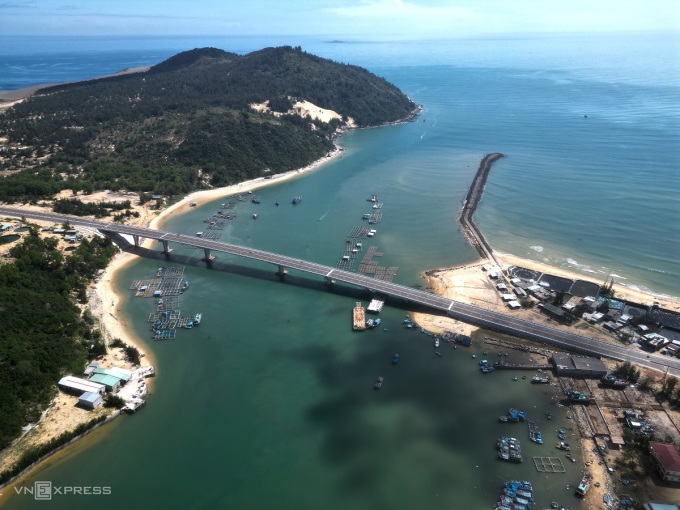
De Gi Bridge on coastal road DT 639 in Binh Dinh. Photo: Pham Linh
Before the bridge was built, people in My Thanh commune north of De Gi port had to take a boat for 40 minutes to get to Cat Khanh commune in the south. Now the journey has been shortened to just a few minutes. The road also facilitates the De Gi - Vung Boi tourist route, where whales once appeared. Many people seized the opportunity to open shops near the coastal road to welcome tourists.
Currently, land prices in some communes along the route have increased 5 times compared to 8 years ago (currently decreasing due to the gloomy context of the real estate market). Along with the coastal route, many coastal communes have been upgraded to towns, and local planning focuses on urban development along this route.
Enterprises also seize opportunities from the coastal route. According to statistics from the Department of Tourism of Binh Dinh province, up to now, there have been more than 20 tourism projects formed along the coastal route DT 639 with a total investment capital of nearly 8,000 billion VND, of which 80% of the projects have been granted policies, licenses, started construction, completed... in parallel with the time of coastal road construction. Typical examples include Maia Quy Nhon Beach Resort, Trung Luong, Ban Mai, Cat Hai Bay, An Quang urban and coastal tourism area...
Mr. Tran Van Thanh, Director of Binh Dinh Department of Tourism, said that taking advantage of the coastal route, the Department has invested in improving service quality, organizing sports competitions such as football, beach volleyball; calling on large investors to invest in sports along the Quy Nhon - Nhon Ly - Nhon Hai - Cat Tien - Cat Hai - Cat Khanh - Phu My - Hoai Nhon - Cu Lao Xanh route such as: parasailing, paragliding, scuba diving, surfing, windsurfing, jet skiing, sea walking, kayaking, glass-bottomed boats to see corals, floating houses on the sea.
According to Binh Dinh Secretary Ho Quoc Dung, the coastal road running from Hoai Nhon town in the north (bordering Quang Ngai) to Quy Nhon city is a long-standing aspiration of Binh Dinh people, breaking the monopoly of National Highway 1. In the south, the coastal road connects with the Quy Nhon - Song Cau sea route (National Highway 1D) to reach Phu Yen. After the coastal road is built, the province's investment attraction to Quy Nhon and Binh Dinh will become more favorable and stronger.
The Provincial Party Resolution has identified investment in completing modern transport infrastructure as one of the province's three breakthroughs. Transport infrastructure is important, pioneering, and paving the way. Therefore, in recent times, the province has mobilized many resources to build and put into operation. Investment in sea routes will create a boost for tourism and service development to the east.
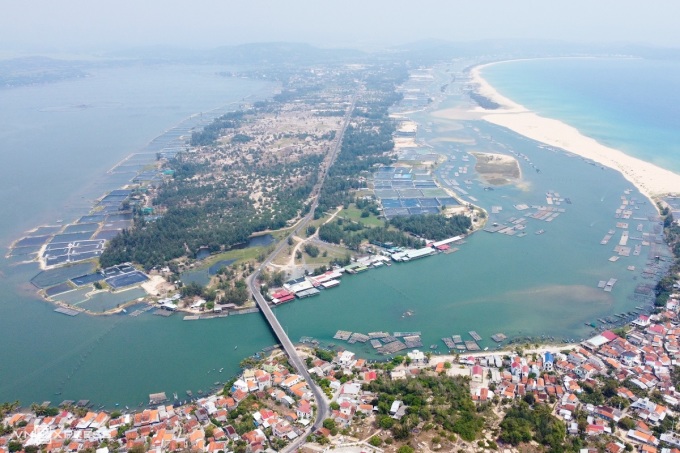
Coastal road through Phu Yen province. Photo: Bui Toan
In Phu Yen , the province has invested in the complete construction of more than 95 out of a total of more than 132 km of coastline, and plans to mobilize resources to invest in the remaining 37 km.
Along the sea route, Phu Yen province has invested in many infrastructure projects such as Tuy Hoa airport, which has reached over 700,000 passengers per year and is upgrading its capacity to three million passengers per year, becoming an international airport after 2030. Vung Ro port has also been invested to receive ships up to 10,000 tons, handling 2-2.5 million tons of goods per year and is implementing the construction of Bai Goc wharf area to serve the Southern Economic Zone of the province. Along with that are fishing ports creating infrastructure for the seafood industry such as Tien Chau fishing port, Dong Tac fishing port, Phu Lac fishing port...
The locality also develops coastal tourist areas associated with scenic spots such as Mui Dien, O Loan Lagoon, Ganh Da Dia, Xuan Dai Bay... and coastal urban centers and resorts. In addition, the province also invested in Tuy Hoa city's coastal park with an investment cost of more than 1,100 billion VND. The investment projects have brought double benefits to both residents and tourists.
Mr. Le Tan Ho, Vice Chairman of Phu Yen province, said that in the context of the province's budget still facing many difficulties and not having enough resources to fully invest in the entire route, Phu Yen province has focused on allocating provincial budget capital, asking for support from the Central Government and actively promoting ODA loans to fully invest in the entire route with a cost of about 7,600 billion VND.
It is expected that when the entire route is completed, a land fund of about 4,000 hectares will be created for urban development, trade and services, especially tourism, creating a large source of revenue for the budget of more than 20,000 billion VND for the province to continue investing in completing the remaining section of the route.
"This is a major project of the province, creating a breakthrough mechanism for socio-economic development of the province, generating budget revenue with stable jobs for the people, clearly changing the face and position of the province in the region and the whole country," said Mr. Ho.
Not only Binh Dinh and Phu Yen, many provinces in the Central region also consider coastal road investment as a door to open up development space in the East. Binh Thuan inaugurated the coastal road from Phan Thiet city to Ke Ga cape with an investment capital of nearly 1,000 billion VND at the beginning of this year, and will invest in an 80 km coastal road connecting Ke Ga to Mui Ne - Hoa Thang in the coming period. Quang Ngai is completing the construction of the Dung Quat - Sa Huynh coastal road...
Dr. Tran Du Lich believes that with the coastal route, if the land fund is well exploited, localities will have enough resources to build strategic infrastructure projects, creating momentum for economic development. As for Binh Dinh province, he believes that the province's five economic pillars all revolve around the sea, so the coastal route will be the province's main economic space in the future.
At the Central Region Development Conference earlier this year, Prime Minister Pham Minh Chinh said that the Central Region plays a particularly important role in developing the marine economy with nearly 2,000 km of coastline (accounting for 60% of the country's coastline), 11 coastal economic zones (accounting for more than 60% of the country's); the gateway to the sea for the Central Highlands provinces, connecting the East-West Economic Corridor with the international maritime route. However, the transport infrastructure in the region is still not synchronized.
The Prime Minister said that localities need to pay more attention to infrastructure investment, highlighting the importance of coastal roads. "Upgrading and expanding coastal roads is extremely necessary to effectively exploit marine and coastal resources, serve the socio-economic development of coastal provinces, and improve people's lives," said the Prime Minister.
Pham Linh - Bui Toan
Source link


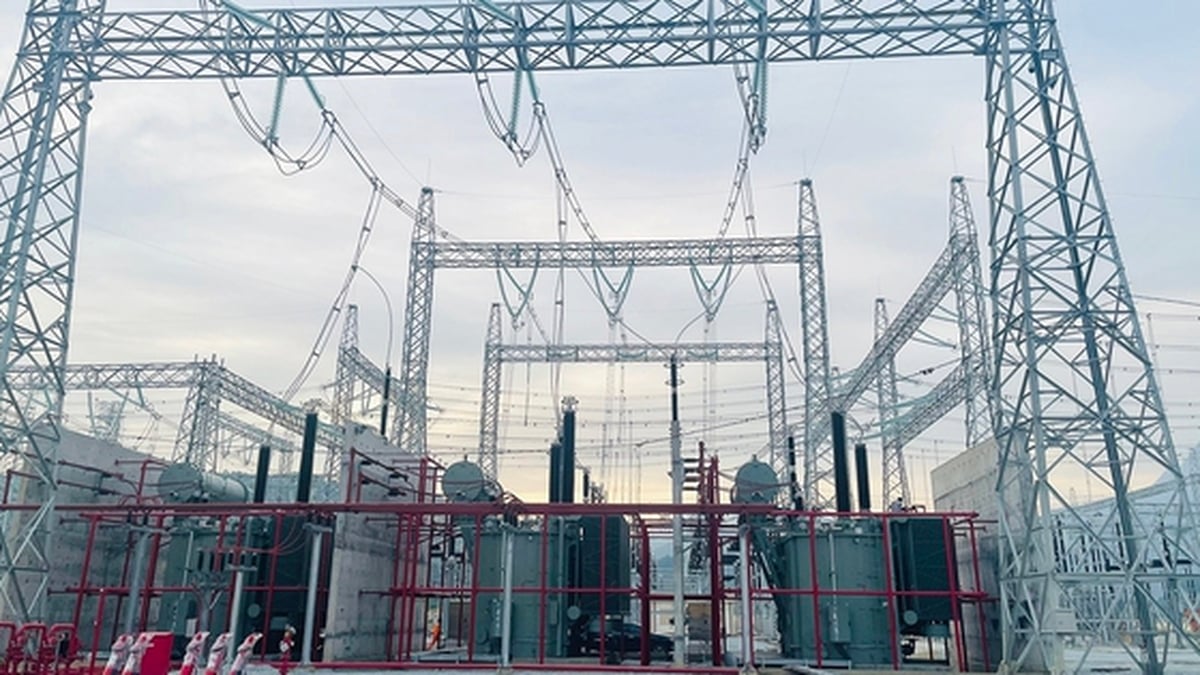

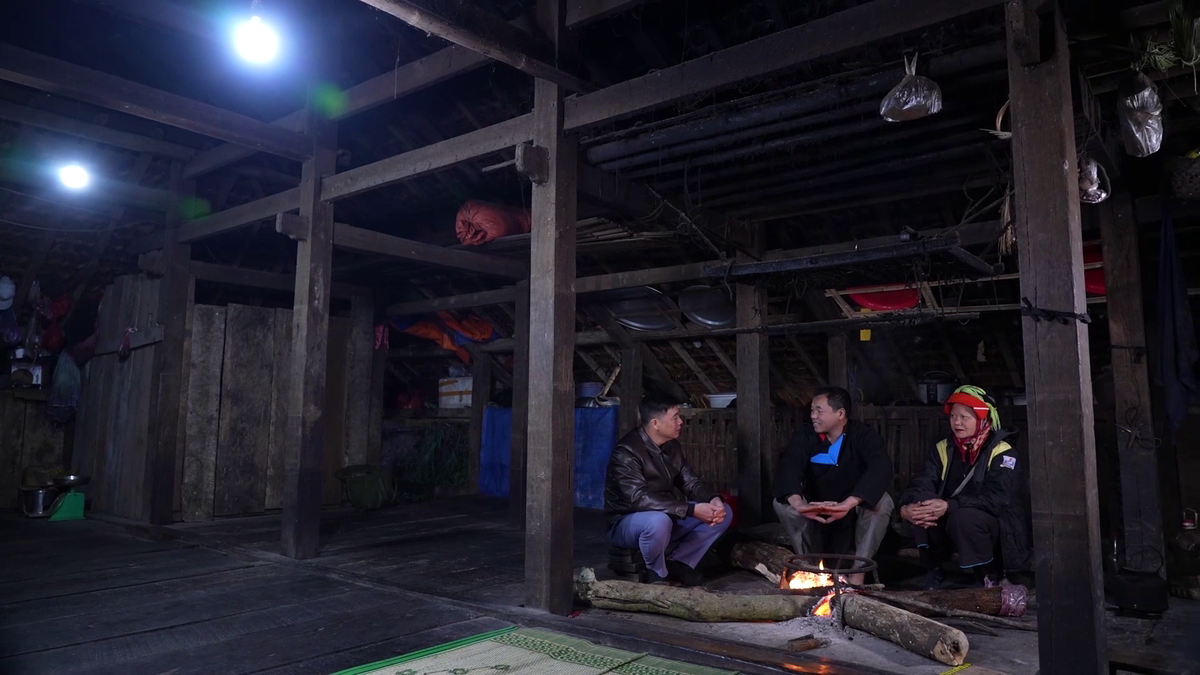

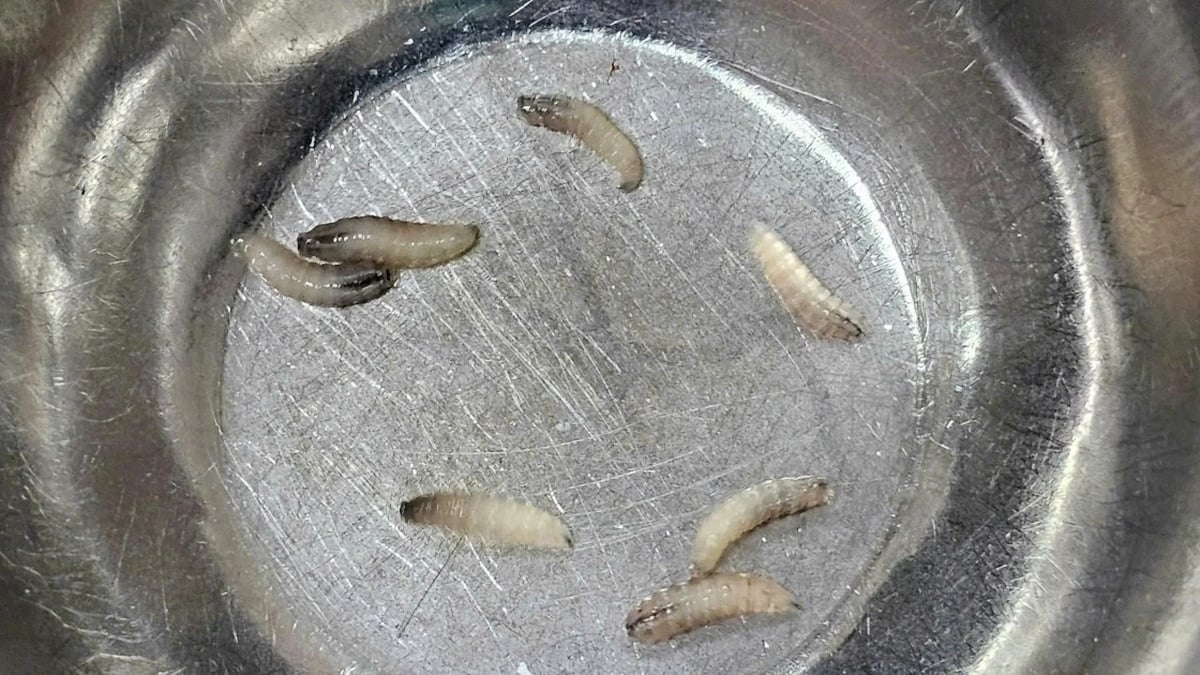



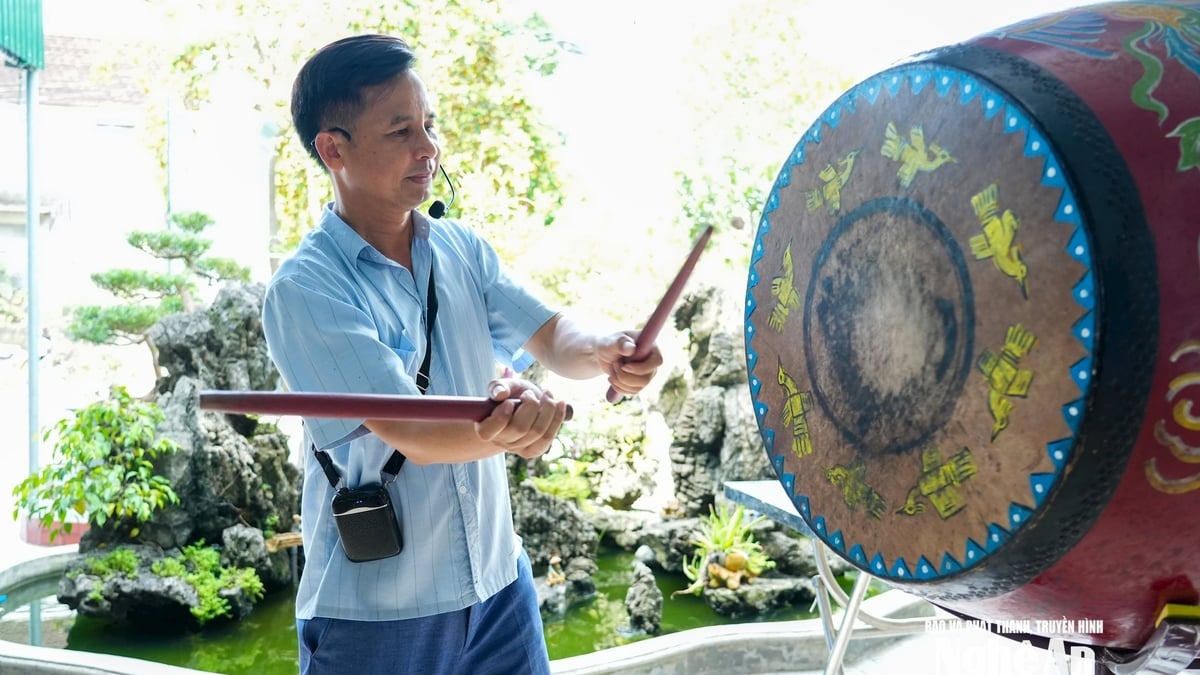
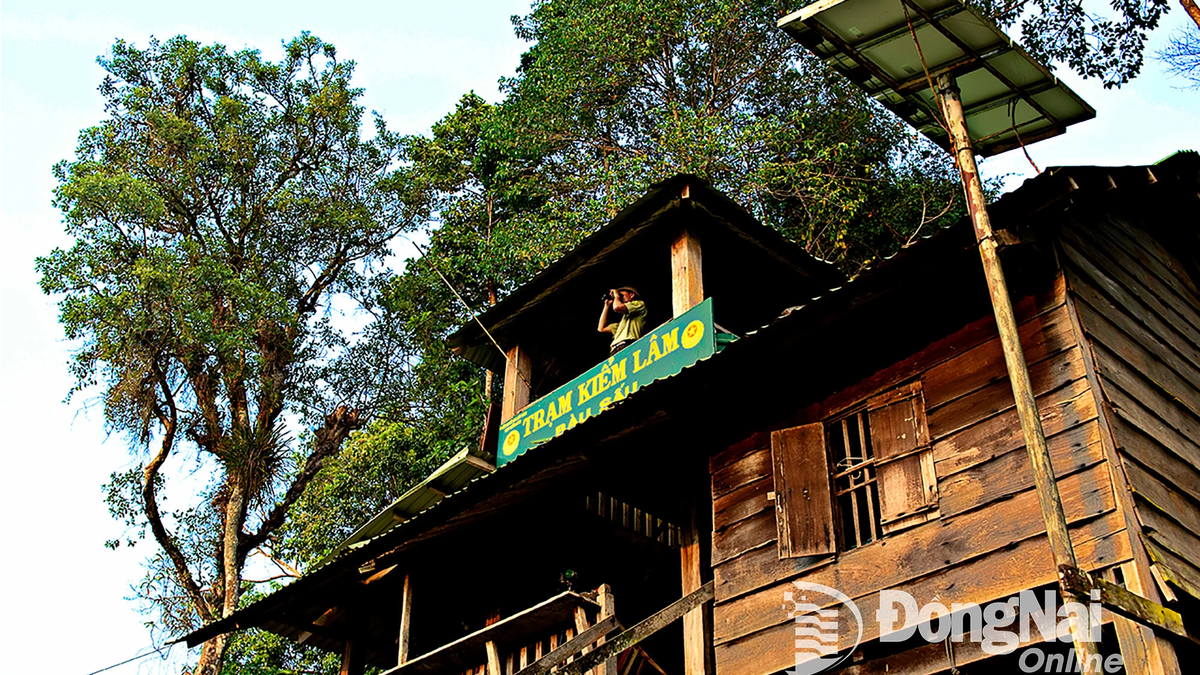



















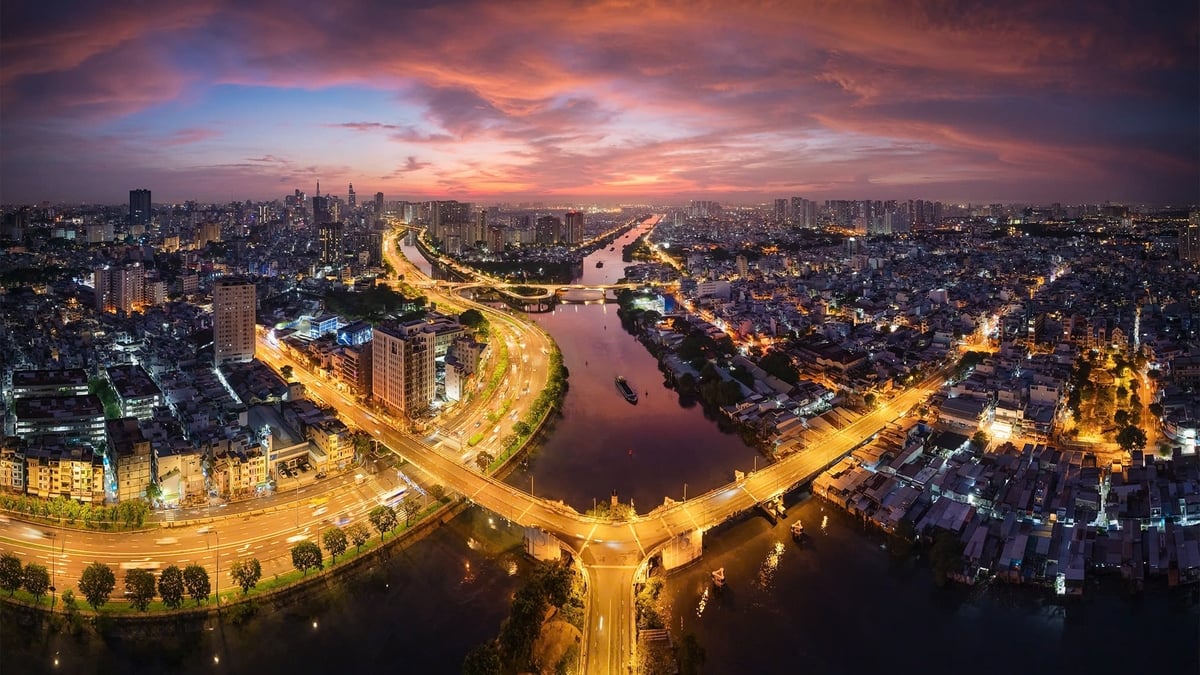






























































![[Infographic] In 2025, 47 products will achieve national OCOP](https://vphoto.vietnam.vn/thumb/402x226/vietnam/resource/IMAGE/2025/7/16/5d672398b0744db3ab920e05db8e5b7d)





Comment (0)